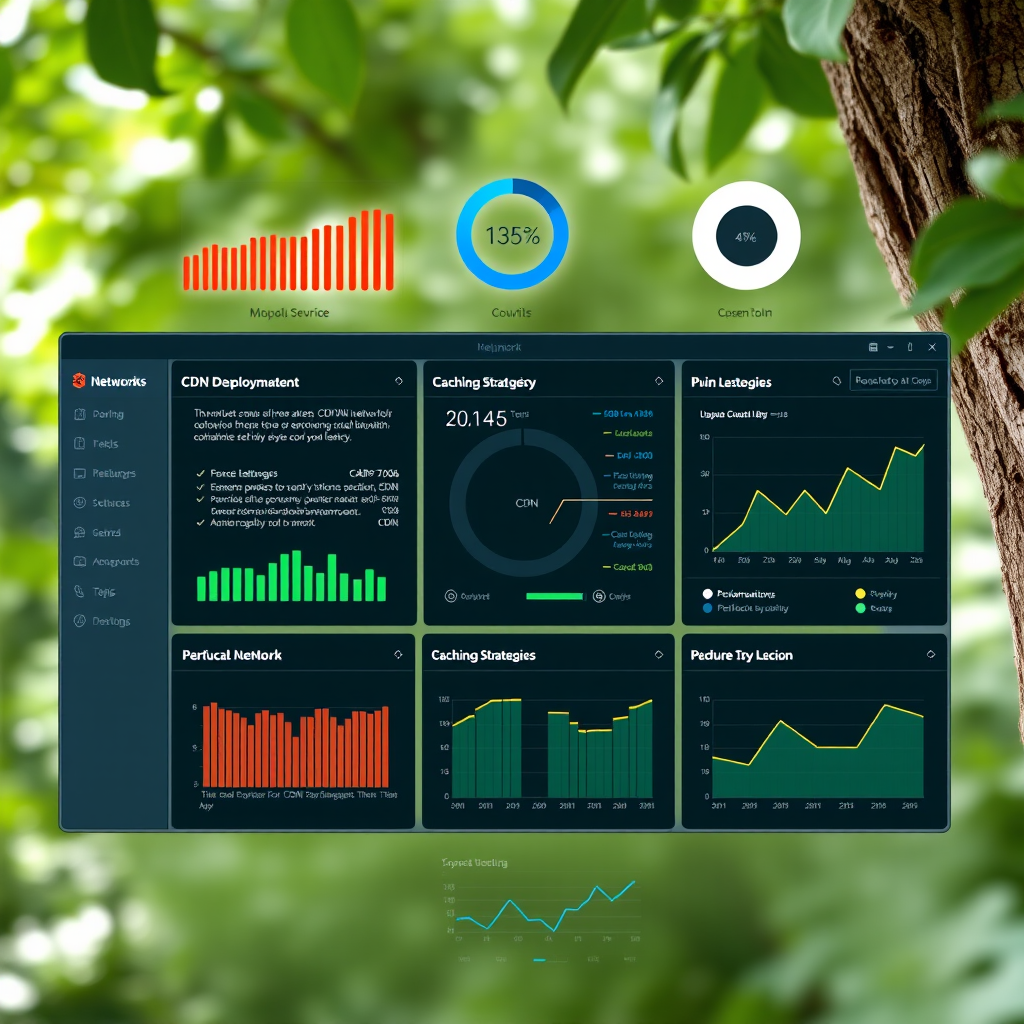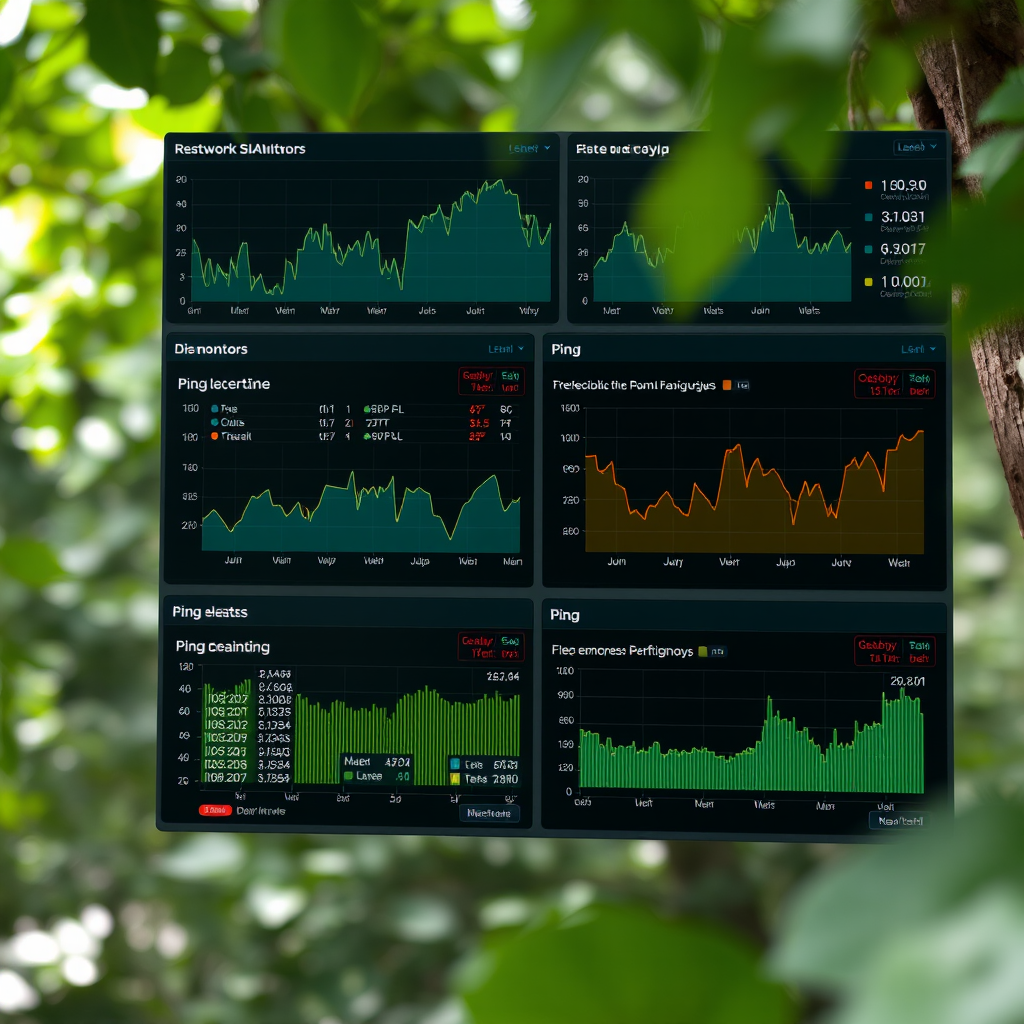Understanding Network Latency: Causes and Solutions for Better Performance

Network latency is one of the most critical factors affecting your digital experience. Whether you're streaming videos, conducting video calls, or managing server infrastructure, understanding and optimizing latency can dramatically improve performance and user satisfaction.
What is Network Latency?
Network latency refers to the time delay between sending a data packet from one point and receiving it at another. Measured in milliseconds (ms), latency directly impacts how responsive your network feels. For network utils and sysadmin tools, monitoring latency is essential for maintaining optimal performance.
Key Latency Metrics:
- Ping Time: Round-trip time for a packet to travel to destination and back
- Jitter: Variation in latency over time
- One-way Latency: Time for data to travel in one direction
Common Causes of Network Latency

Physical Distance
The fundamental limitation of physics means data cannot travel faster than the speed of light. Greater distances between source and destination inherently increase latency, making geographic optimization crucial for global applications.
Network Infrastructure Issues
- Router Processing Delays: Time spent analyzing and forwarding packets
- Network Congestion: High traffic volumes causing packet queuing
- Outdated Hardware: Legacy equipment with slower processing capabilities
- Inefficient Routing: Suboptimal paths through network infrastructure
Application-Level Factors
Software inefficiencies, database query delays, and poor application architecture can significantly contribute to perceived latency. These factors are often overlooked but can have substantial impact on user experience.
Practical Solutions for Reducing Network Latency

Infrastructure Optimization
Content Delivery Networks (CDNs)
Deploy CDNs to cache content closer to users, dramatically reducing the distance data must travel and improving response times globally.
Quality of Service (QoS)
Implement QoS policies to prioritize critical traffic and ensure consistent performance for essential applications and services.
Network Configuration Best Practices
Essential Network Utils Commands:
ping -c 10 destination.com
traceroute destination.com
mtr --report destination.com
These sysadmin tools help identify latency bottlenecks and monitor network performance in real-time.
Advanced Optimization Techniques
- TCP Window Scaling: Optimize buffer sizes for high-bandwidth, high-latency connections
- Connection Pooling: Reuse existing connections to reduce handshake overhead
- Data Compression: Reduce payload sizes to minimize transmission time
- Protocol Optimization: Choose appropriate protocols for specific use cases
Monitoring and Measuring Latency
Continuous monitoring is essential for maintaining optimal network performance. Regular latency measurements help identify trends, detect issues early, and validate optimization efforts.
Key Monitoring Strategies
- Implement automated ping tests from multiple geographic locations
- Set up alerting thresholds for latency spikes
- Monitor jitter patterns to identify network instability
- Track application-level response times alongside network metrics

Impact on Different Applications
Real-time Communications
Video calls and VoIP require latency under 150ms for acceptable quality. Higher latency causes noticeable delays and poor user experience.
Online Gaming
Competitive gaming demands ultra-low latency, typically under 50ms, to ensure responsive gameplay and fair competition.
Web Applications
Modern web apps benefit from latency under 200ms for smooth interactions, with each additional 100ms potentially reducing user engagement.
Conclusion
Understanding and optimizing network latency is crucial for delivering exceptional digital experiences. By identifying root causes, implementing targeted solutions, and maintaining continuous monitoring, you can significantly improve network performance.
Whether you're managing enterprise infrastructure or optimizing personal connections, the principles and techniques outlined in this guide will help you achieve lower latency and better overall network performance. Remember that latency optimization is an ongoing process that requires regular attention and adjustment as your network evolves.